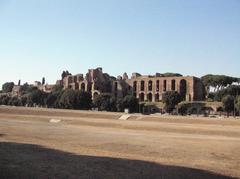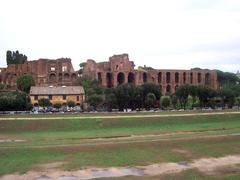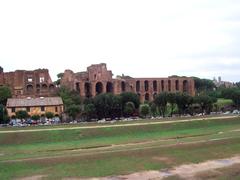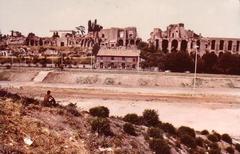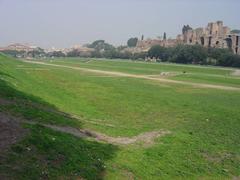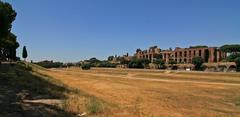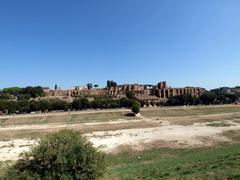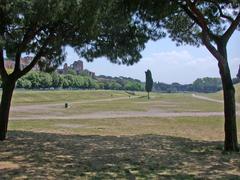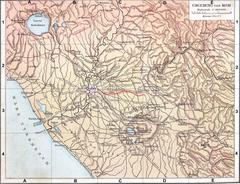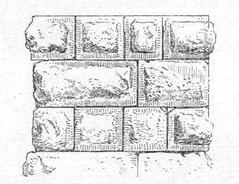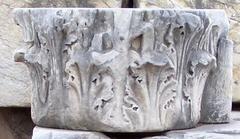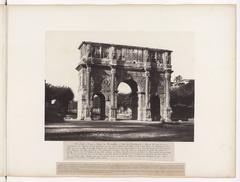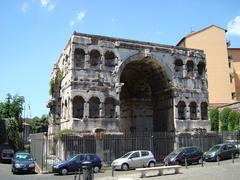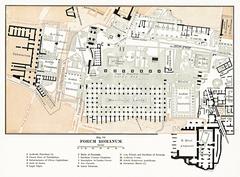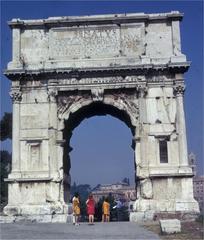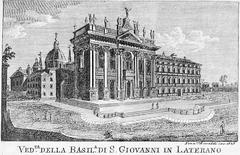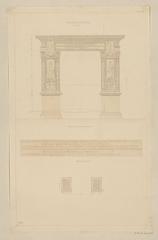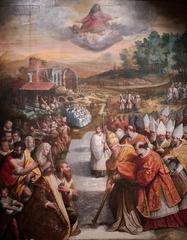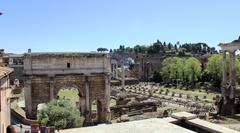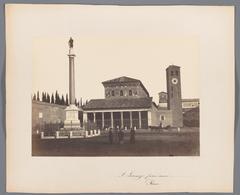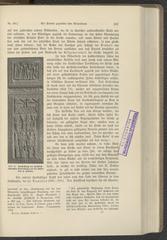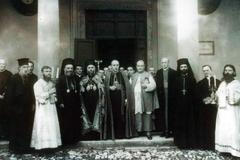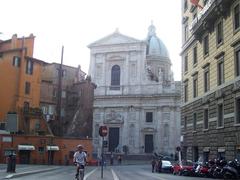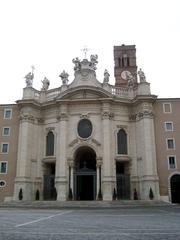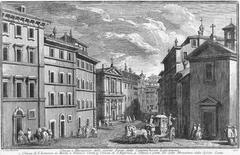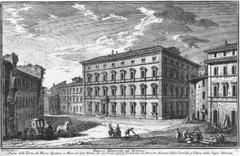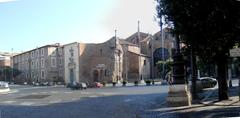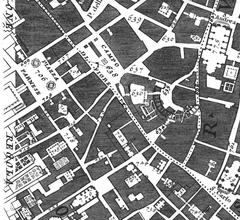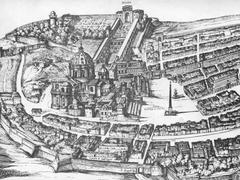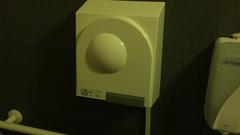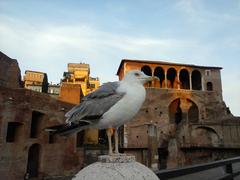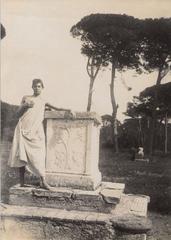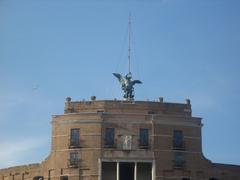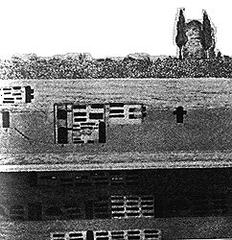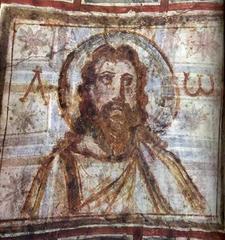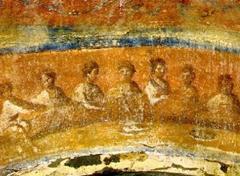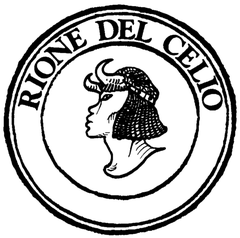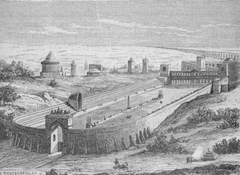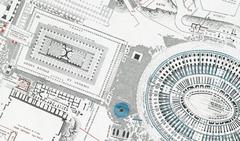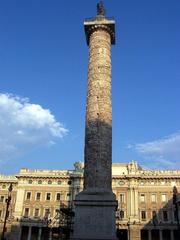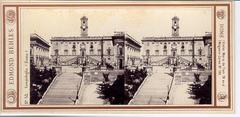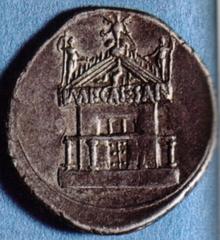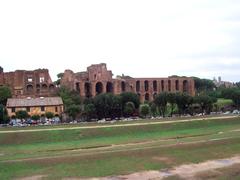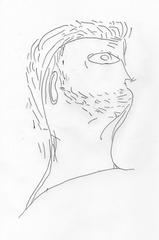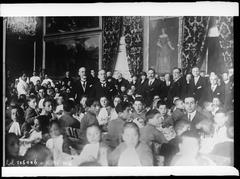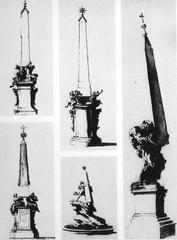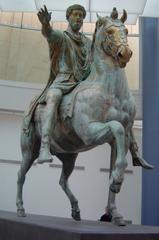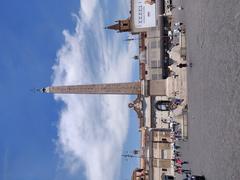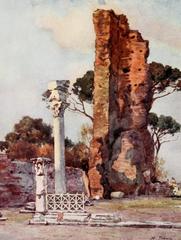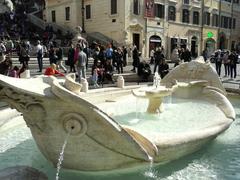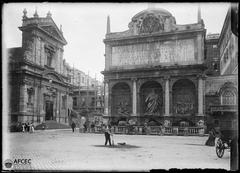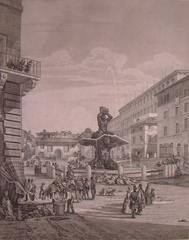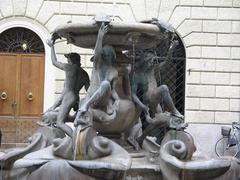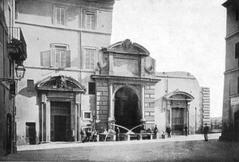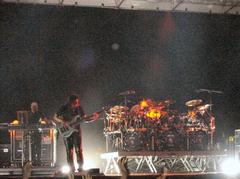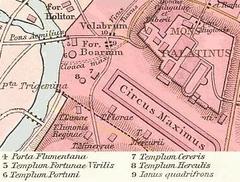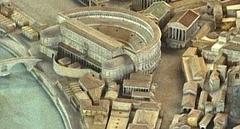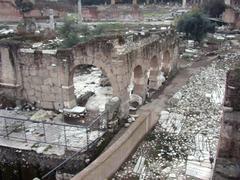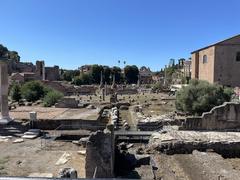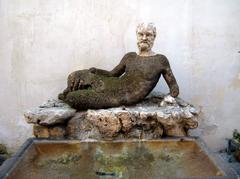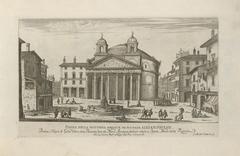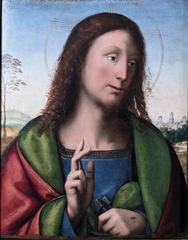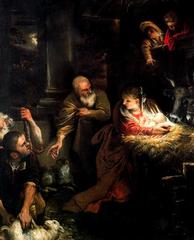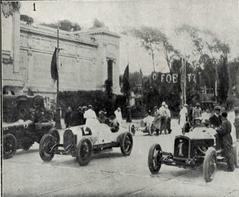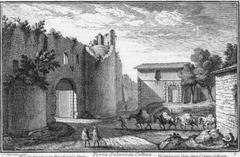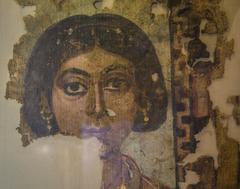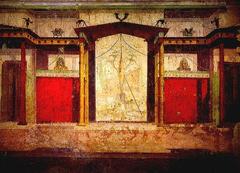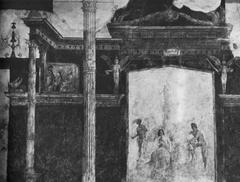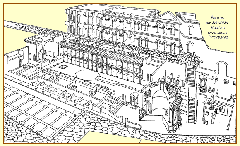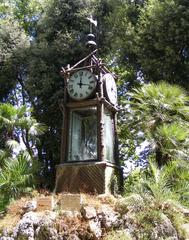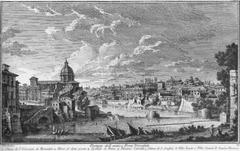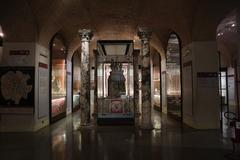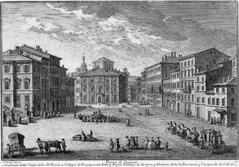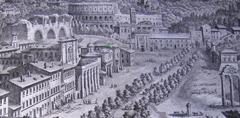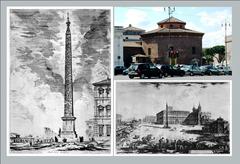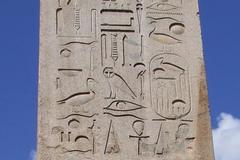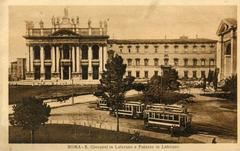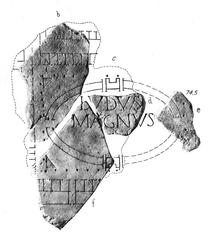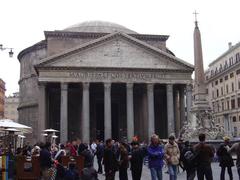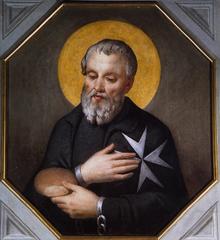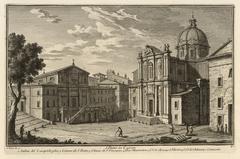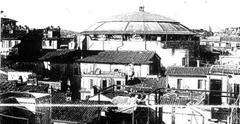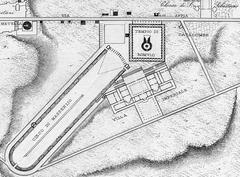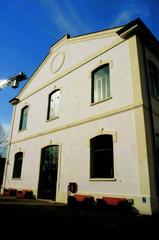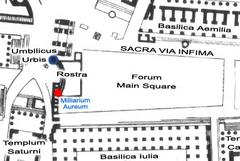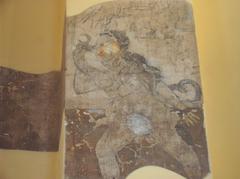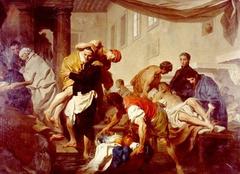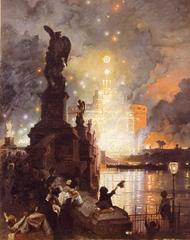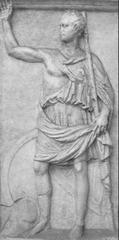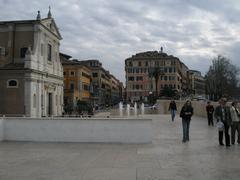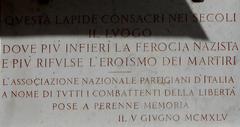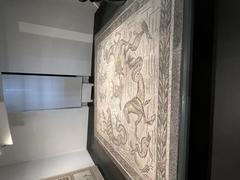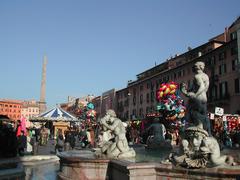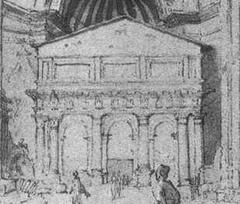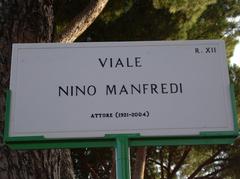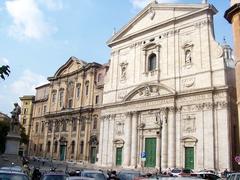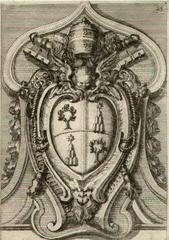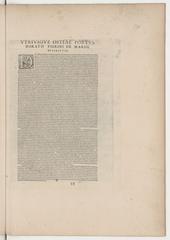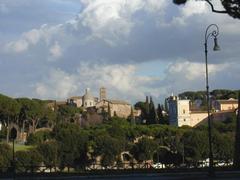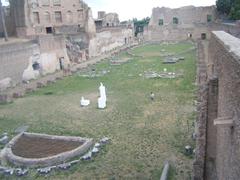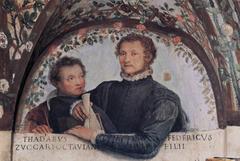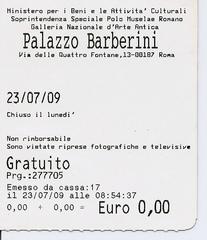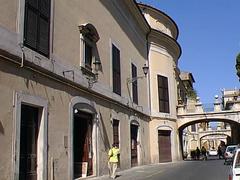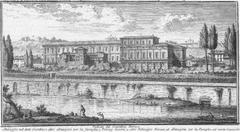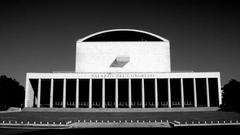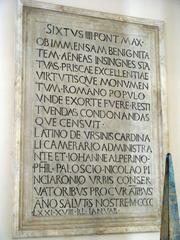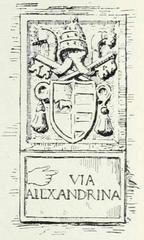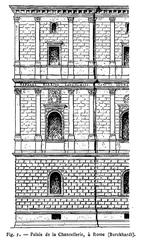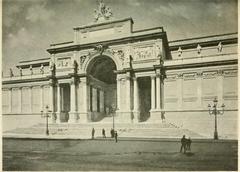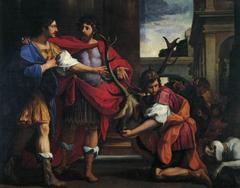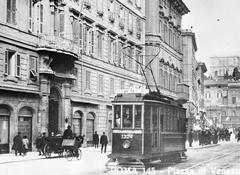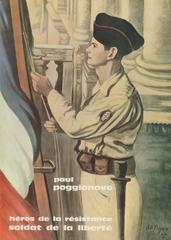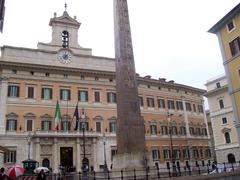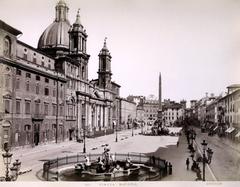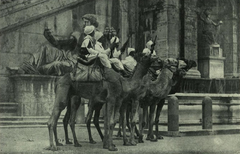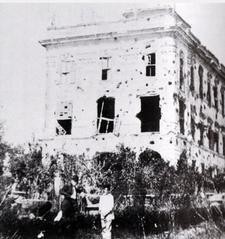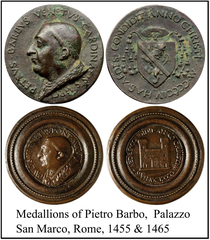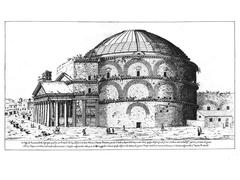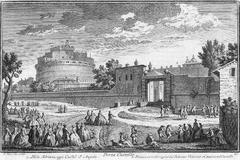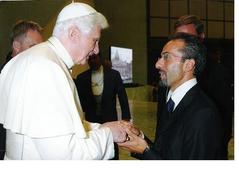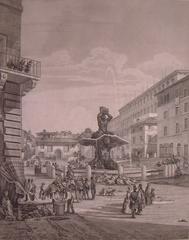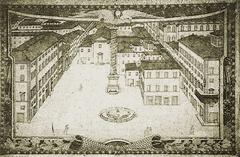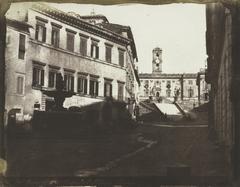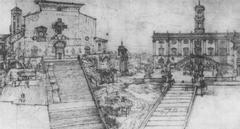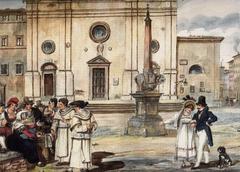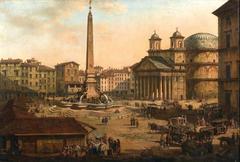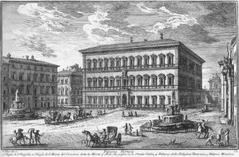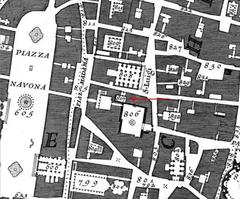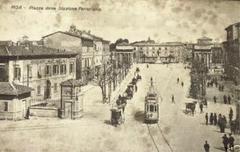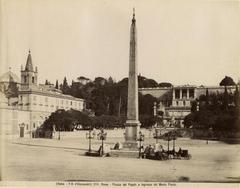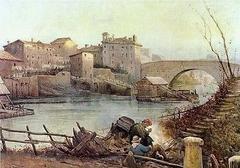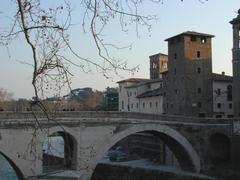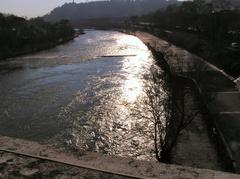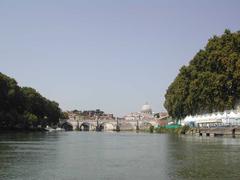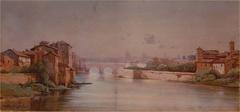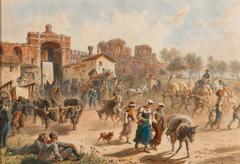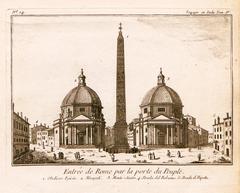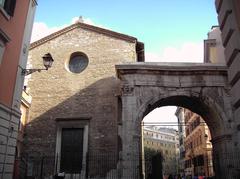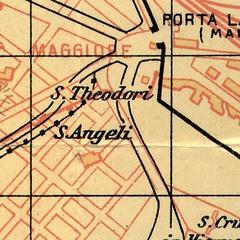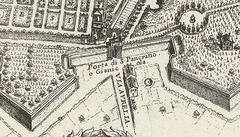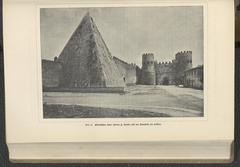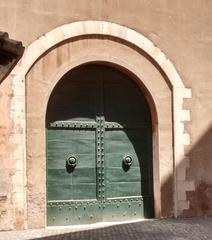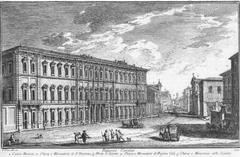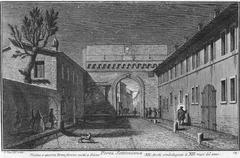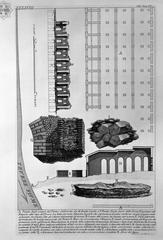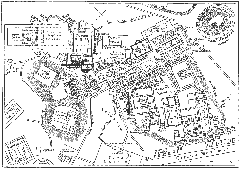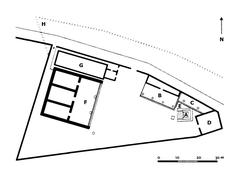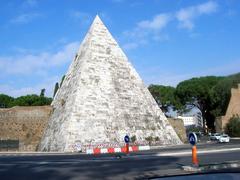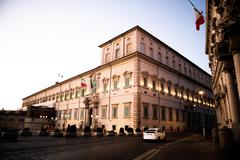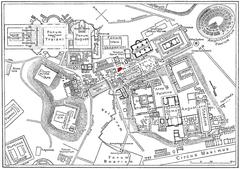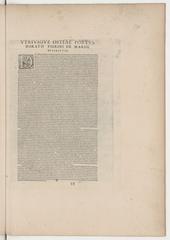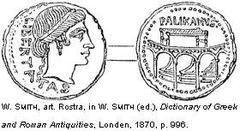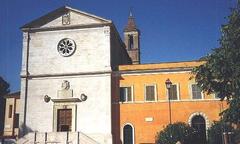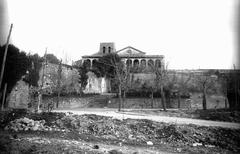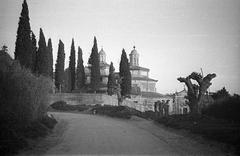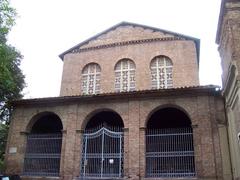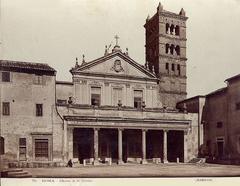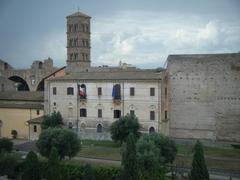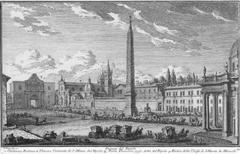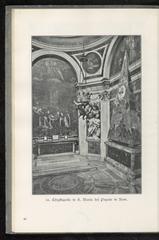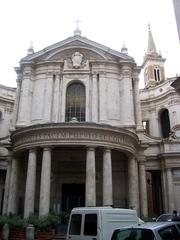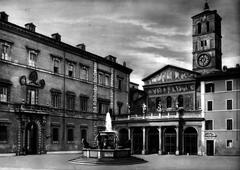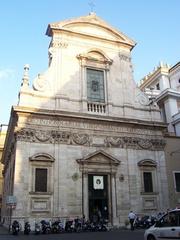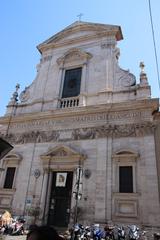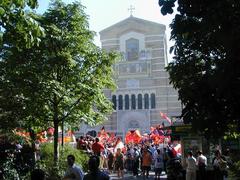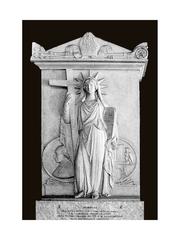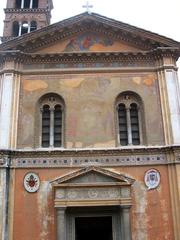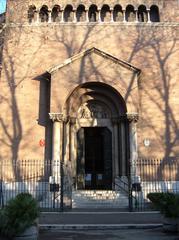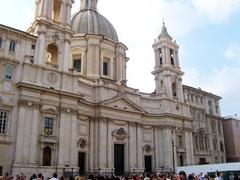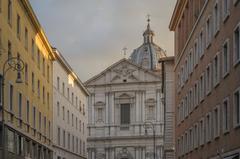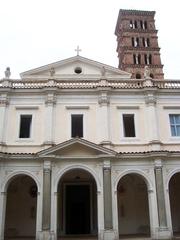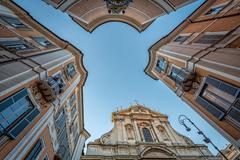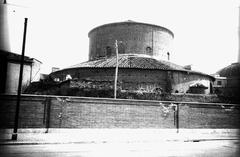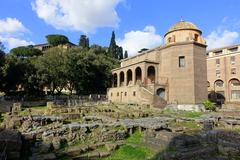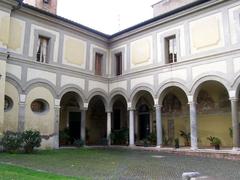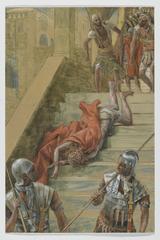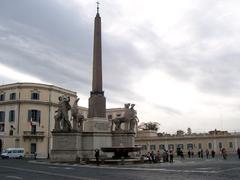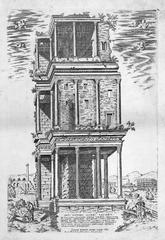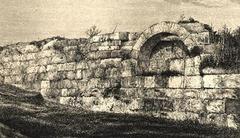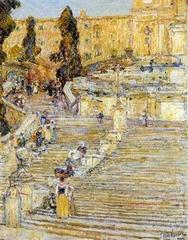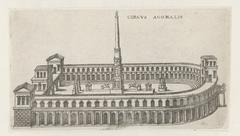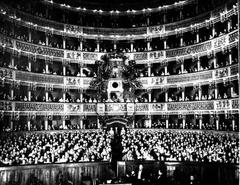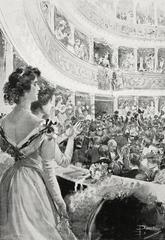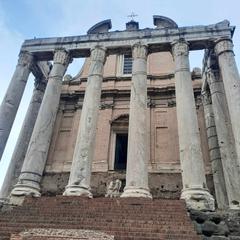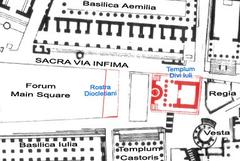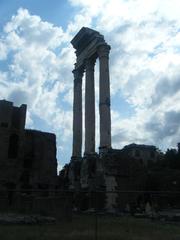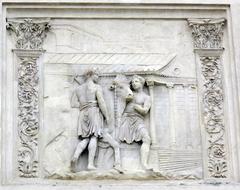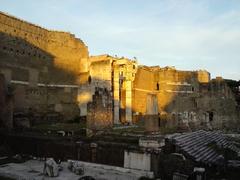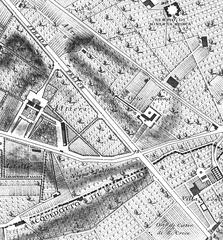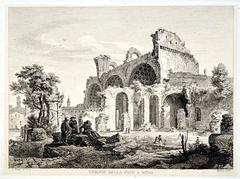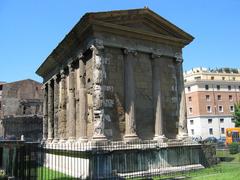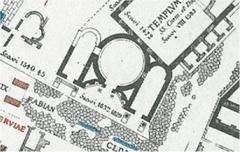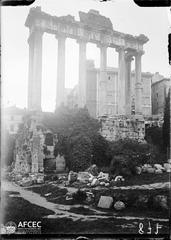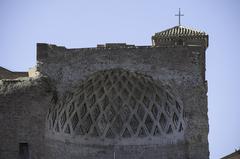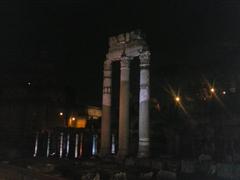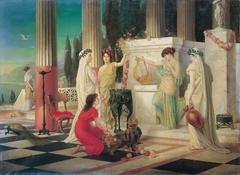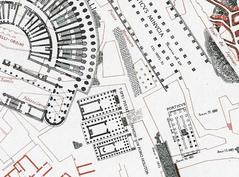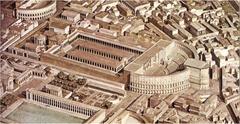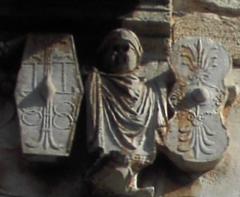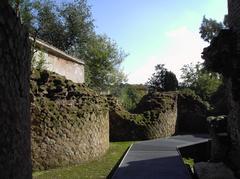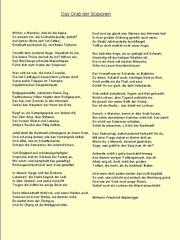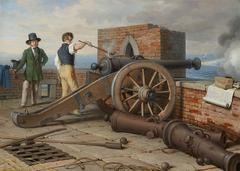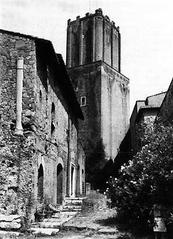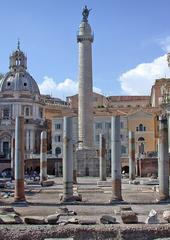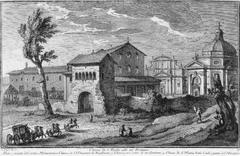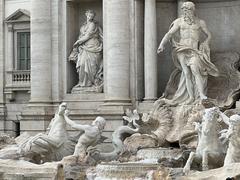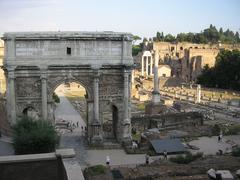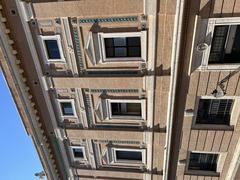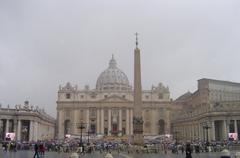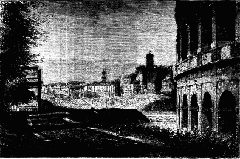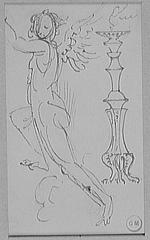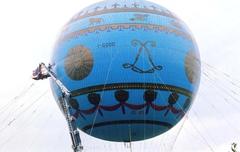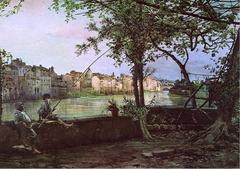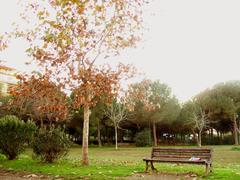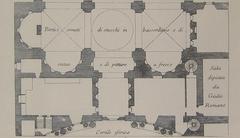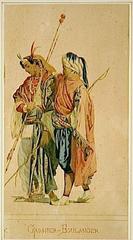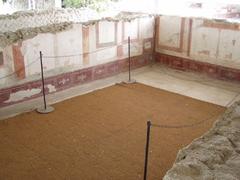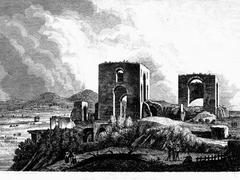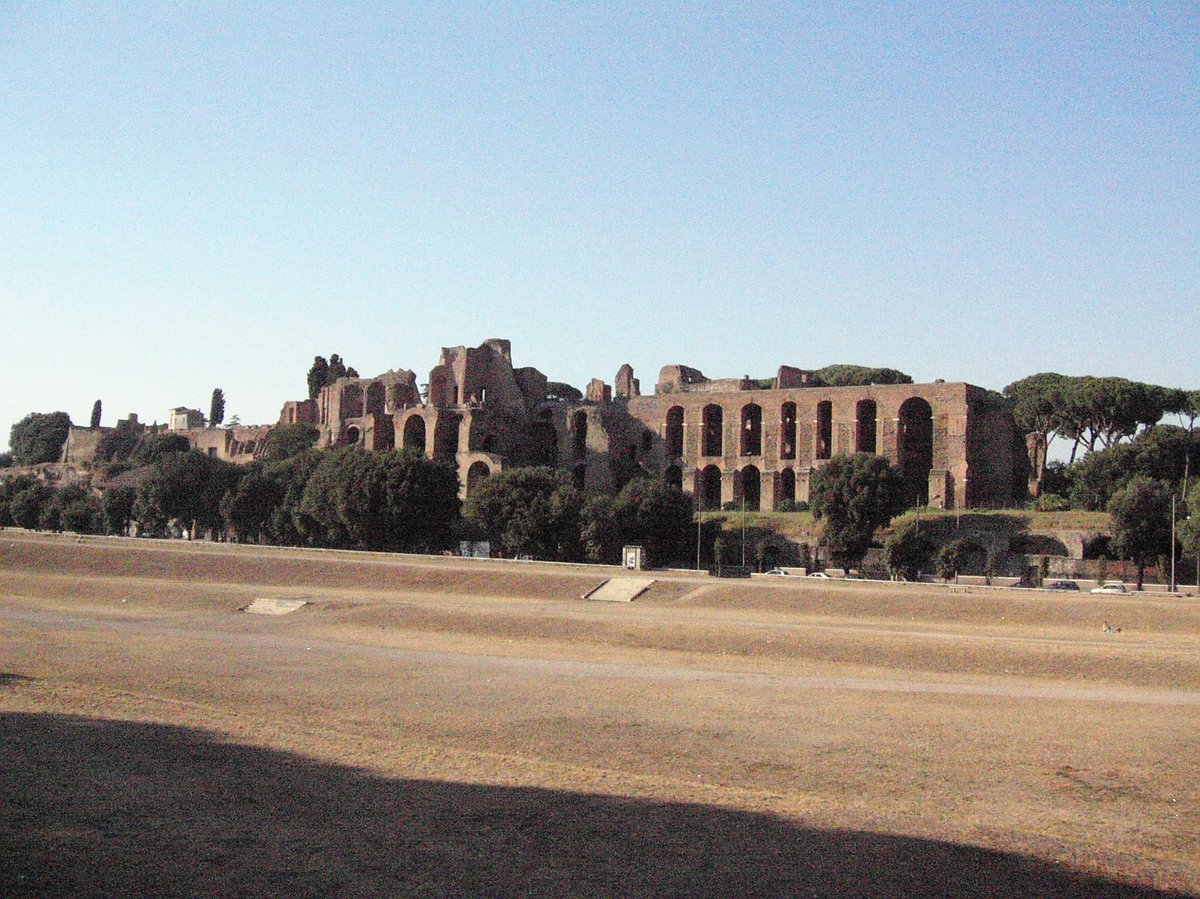
Circo Massimo Visiting Hours, Tickets, and Historical Significance
Date: 16/07/2024
Introduction
Circo Massimo, or Circus Maximus, is a historical gem nestled in the heart of Rome, Italy. This ancient chariot racing stadium, dating back to the 6th century BCE, is a testament to Rome’s rich history, cultural significance, and architectural prowess. Originally constructed by the Etruscan kings and later expanded by Roman emperors such as Julius Caesar and Augustus, Circo Massimo was more than just a sports arena; it was a cultural hub that reflected the grandeur of ancient Roman civilization (Rome.net). Visitors to this iconic site are not only treated to a glimpse of its glorious past but also to a vibrant space that continues to host modern-day events. This comprehensive guide aims to provide an in-depth look at the history, architectural significance, visitor information, and tips for exploring Circo Massimo, ensuring that your visit to this monumental landmark is both enriching and memorable.
Table of Contents
- Introduction
- History of Circo Massimo
- Architectural Significance
- Cultural Significance
- Modern-Day Significance
- Visitor Information
- Nearby Attractions
- Visitor Tips
- Special Events
- FAQ
- Conclusion
History of Circo Massimo
Origins and Early Use
The origins of the Circus Maximus date back to the 6th century BCE, during the reign of the Etruscan kings of Rome. Initially used for public games and religious festivals, the first significant construction is attributed to Lucius Tarquinius Priscus, the fifth king of Rome, who built wooden stands for spectators (Rome.net).
Republican Era Developments
During the Roman Republic, the Circus Maximus underwent several modifications and expansions. By the 4th century BCE, it had become a central venue for chariot races. A significant fire in 31 BCE led to extensive damage, prompting a major reconstruction effort under Julius Caesar, which included the addition of the central barrier, known as the “spina.”
Architectural Significance
Circo Massimo’s architectural design is a testament to the engineering prowess of ancient Rome. The stadium featured a long, oval track measuring approximately 621 meters in length and 118 meters in width. The central barrier, known as the “spina,” was adorned with various monuments, including obelisks and statues, which added to the grandeur of the venue. The seating arrangement was tiered, allowing spectators to have an unobstructed view of the events.
One of the most remarkable aspects of Circo Massimo’s architecture was its ability to accommodate such a large number of spectators. The stadium’s design included multiple entrances and exits, ensuring smooth crowd management and minimizing the risk of stampedes. The use of concrete and stone in its construction also highlights the advanced building techniques employed by the Romans.
Cultural Significance
Circo Massimo was not just a sports venue; it was a cultural hub that played a crucial role in the social and political life of ancient Rome. The chariot races held at Circo Massimo were immensely popular and attracted people from all walks of life. These races were often sponsored by wealthy individuals or political figures, who used the events to gain favor with the public and demonstrate their generosity.
The races themselves were thrilling spectacles, featuring teams of horses and skilled charioteers who competed for glory and prizes. The excitement and drama of the races captivated the audience, making Circo Massimo a focal point of Roman entertainment. The venue also hosted religious festivals and ceremonies, further cementing its status as a cultural landmark.
Modern-Day Significance
Today, Circo Massimo remains an iconic symbol of Rome’s rich history and cultural heritage. Although much of the original structure has been lost to time, the site continues to attract tourists and history enthusiasts from around the world. The open space of Circo Massimo is now used for various public events, concerts, and festivals, keeping the spirit of communal gatherings alive.
In recent years, efforts have been made to preserve and restore the site, ensuring that future generations can appreciate its historical significance. Archaeological excavations have uncovered valuable artifacts and insights into the daily life of ancient Romans, further enhancing our understanding of this remarkable venue.
Visitor Information
For those planning to visit Circo Massimo, here are some essential details:
- Opening Hours: Circo Massimo is generally open to the public 24 hours a day, but specific events may have designated hours.
- Tickets: Entry to Circo Massimo is free, but some special events may require tickets. Check local event listings for more information.
- Guided Tours: Consider joining a guided tour to gain a deeper understanding of the site’s history and significance. Many tours include visits to nearby attractions such as the Palatine Hill and the Roman Forum.
- Accessibility: The site is mostly accessible, but some areas may be challenging for visitors with mobility issues. It’s advisable to check accessibility options in advance.
- Nearby Attractions: Take the time to explore other nearby historical sites, including the Colosseum, the Roman Forum, and the Palatine Hill, to get a comprehensive experience of ancient Rome.
Visitor Tips
To ensure a memorable experience at Circo Massimo, keep these tips in mind:
- Timing: The best time to visit Circo Massimo is during the early morning or late afternoon when the weather is cooler, and the site is less crowded.
- Comfortable Footwear: The site is expansive, and visitors should wear comfortable footwear for walking and exploring the area.
- Photography: Circo Massimo offers excellent photo opportunities, especially from the vantage points on the surrounding hills. Don’t forget to bring a camera or smartphone to capture the stunning views.
- Special Events: Check for any special events or concerts happening at Circo Massimo during your visit to enhance your experience.
Nearby Attractions
Palatine Hill
One of the most ancient parts of the city, offering stunning views and extensive ruins. It is believed to be the location of the cave where Romulus and Remus were found.
Roman Forum
The heart of ancient Rome, filled with ruins of important government buildings, temples, and marketplaces.
Colosseum
Perhaps the most iconic symbol of Rome, this ancient amphitheater is a must-visit and is located just a short walk from Circo Massimo.
Special Events
Circo Massimo occasionally hosts special events, including concerts, festivals, and historical reenactments. These events can provide a unique and lively experience but may also result in larger crowds. Checking the event schedule on the official Circo Massimo Experience website before planning your visit can help you decide the best time to go.
FAQ
-
Is Circo Massimo free to visit? Yes, Circo Massimo is an open public space with no admission fee.
-
What is the best time to visit Circo Massimo? The best time to visit is during spring (April to June) and fall (September to October) when the weather is mild and the tourist crowds are smaller.
-
Is Circo Massimo accessible for visitors with mobility issues? The site is mostly accessible, but some areas may be challenging. It’s advisable to check accessibility options in advance.
-
Are guided tours available at Circo Massimo? Yes, guided tours are available and recommended for a deeper understanding of the site’s history and significance.
Conclusion
Circo Massimo stands as a monumental testament to the grandeur and ingenuity of ancient Rome. Its historical, architectural, and cultural significance make it a must-visit destination for anyone interested in the rich heritage of the Eternal City. From its origins as a chariot racing stadium to its modern-day role as a vibrant public space, Circo Massimo continues to captivate visitors with its expansive grounds and historical context. Whether you are a history buff, an architecture enthusiast, or simply a curious traveler, Circo Massimo offers a fascinating glimpse into the past and a chance to connect with the legacy of one of the world’s greatest civilizations. For more tips and updates, consider downloading the Audiala app, checking out related posts, or following us on social media to stay connected with Rome’s rich historical tapestry.
References
- Rome.net. Circus Maximus. Retrieved from https://www.rome.net/circus-maximus
- Circo Massimo Experience. Retrieved from https://www.circomassimoexperience.it
